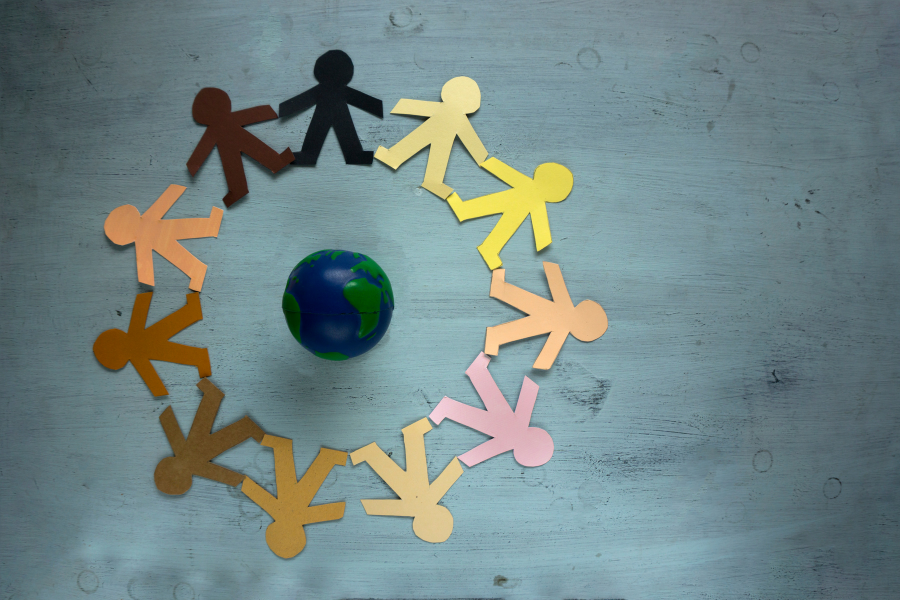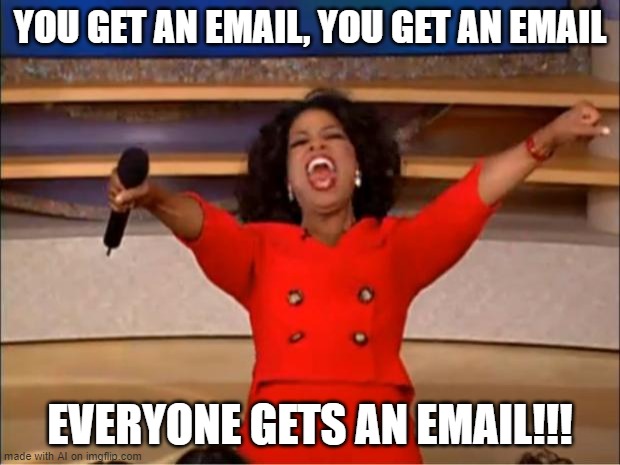Digital communication is completely different from in-person, face-to-face conversations. One will give you surface insights, and the other really gives you depth. ~ Joe Gebbia, Co-Founder, Airbnb
This quote comes from Joe Gebbia, Co-Founder of Airbnb. I found it interesting that one of the founders of a completely digital organization that relies heavily on digital marketing and communication, sees the immense value of face-to-face (F2F) marketing.
While digital marketing has its merits, F2F marketing brings a human touch and unique advantages that cannot be replicated online. It allows marketers to create authentic connections, engage in two-way communication, gather immediate feedback, provide memorable experiences, and build lasting relationships with their audience.
Personal Connection
Face-to-face engagement provides a level of human interaction and connection that has the power to change perceptions, overcome adversity, and leave a lasting impression. While digital communication tools such as email, social media, and video conferencing have their benefits, they are limited in their ability to convey the nuances of human interaction.
In addition, face to face engagement allows us to build stronger personal connections and a sense of community. When we are physically present with others, we can share experiences and emotions in a way that cannot be repeated digitally. This can be particularly important in building and maintaining strong relationships with colleagues, clients, friends, and family members.
A human connection helps to build trust, establish rapport, and create a memorable experience. It enables marketers to tailor their approach, answer questions, and address concerns in real-time, leading to a deeper engagement and increased likelihood of converting prospects into customers.
Moreover, face to face engagement promotes active listening and fosters more meaningful conversations. It creates an environment where people feel more comfortable sharing their thoughts and opinions, and where misunderstandings can be addressed in real-time.
Nonverbal Communication
When we communicate face to face, we have access to a range of nonverbal cues that help us understand and interpret the meaning behind what is being said. These include facial expressions, tone of voice, body language, and eye contact. These cues are crucial for effective communication and understanding. Marketers can read the reactions of their audience, adjust their messaging and delivery accordingly, and ensure that their intended message is being received and interpreted correctly.
In-person interactions allow for immediate feedback. They give both parties freedom of expression outside of the strict confines of digital messaging. Being able to tailor brand messaging based on individual conversations is unique to face-to-face engagements and is a much more effective means of communication and understanding.
Brand Experience
In-person marketing provides an opportunity for customers to experience a brand firsthand. Marketers can create immersive experiences, product demonstrations, and interactive activities that leave a lasting impression. This experiential aspect of face-to-face marketing helps to forge emotional connections, enhance brand loyalty, and increase the likelihood of customers sharing their positive experiences with others.
Face-to-face engagements are multi-sensory. Most digital engagements are only visual. Face-to-face experiences, on the other hand, provide an entire environment with which customers can engage with a brand. From a handshake to an immersive environment, customers have the ability to experience a brand through sight, sound, scent, touch, and sometimes even taste.
Networking and Relationship Building
Face to face marketing events, such as trade shows, conferences, and networking sessions, offer valuable opportunities for networking and relationship building. Aside from potential customers, marketers can connect with other industry professionals, potential partners, and influencers in a more meaningful way. These interactions can lead to collaborations, partnerships, and long-term business relationships that may not have been possible through digital channels alone.
Self-care
Let’s not forget that humans need interaction. Our brains are literally wired to reach out to connect with other humans. This kind of connectivity decreases health risks such as anxiety, depression, and suicide ideation while increasing physical well-being and longevity by up to 50%, according to a 2021 study on social connection and well-being by World Happiness Report. In fact, strong social connections strengthen the immune system. People have a need to belong to a group – making employees feel like they are part of the brand community and inviting customers into that community, can be very fulfilling, and even improve overall well-being. (Maslow’s Hierarchy of Needs)
Conclusion
Digital communication has made it easier than ever to connect with people around the world, but it cannot fully replace the benefits of face-to-face engagement. To build strong relationships and foster meaningful connections, it’s important capitalize on both digital and physical interactions, creating a marketing campaign with multiple brand touchpoints that include, and dare I say prioritize, in-person communication.
TPG believes in combining the latest in event technology with a warm, human connection. We can’t wait to connect with you.
Related: The Humanity of Trade Shows



